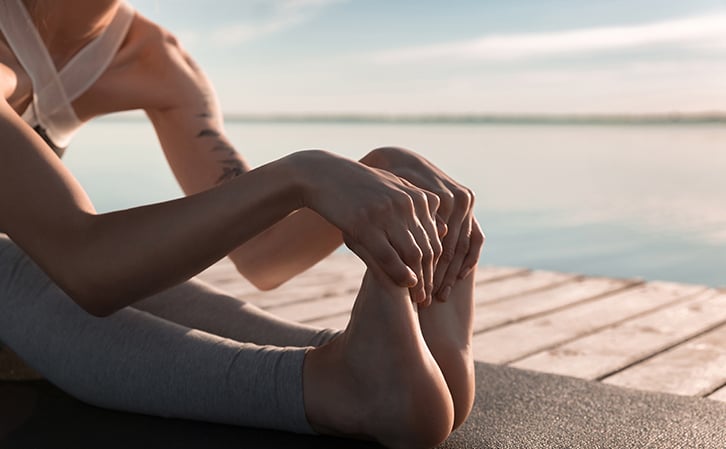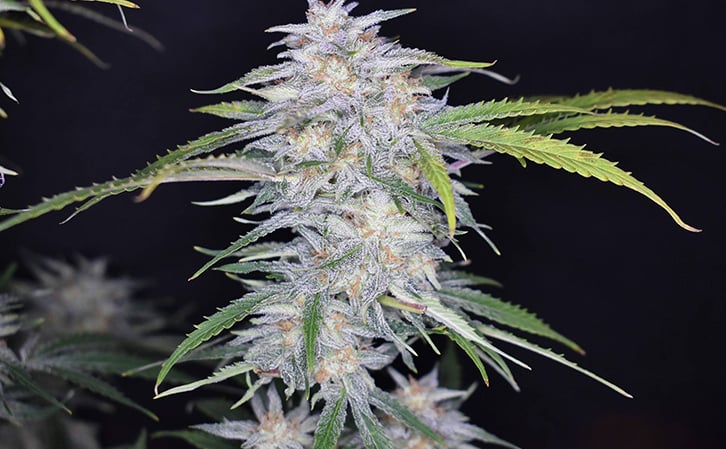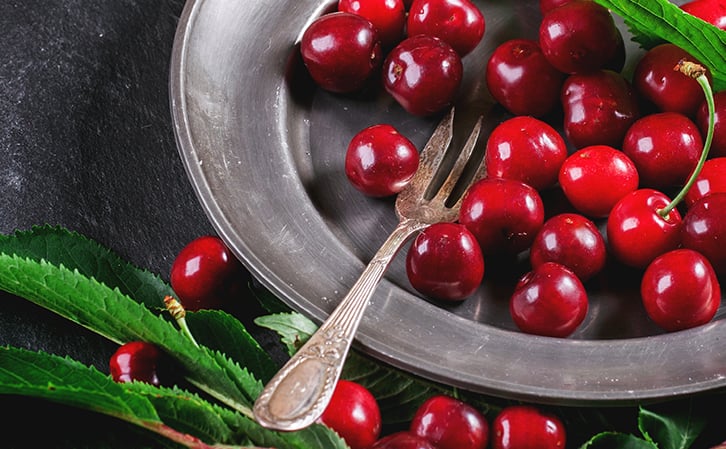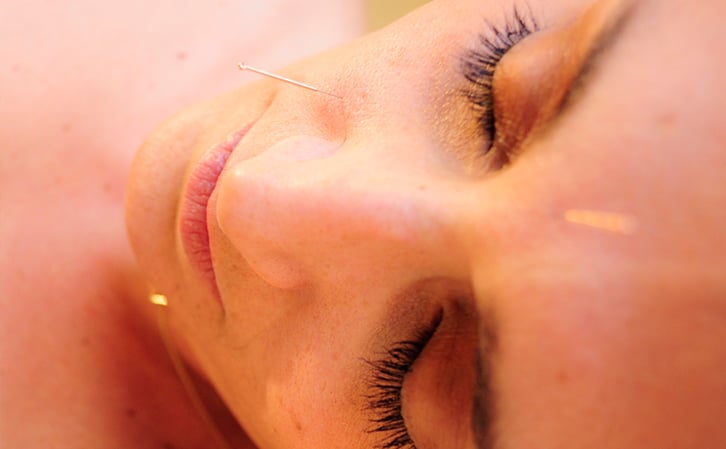Natural Spasticity Management for SCI
One of the number one complaints people have after a spinal cord injury is muscle spasticity. It can interfere with everyday life and can be so severe they’re dangerous, possibly throwing people out of their wheelchairs or making transfers unsafe. Because of this, medication is usually the norm (Baclofen) to treat spasms.
But now, more than ever before, people are seeking natural treatments for their spasms. Not only are people seeking more effective treatments, but they also don’t like the side-effects. Fortunately, there are several natural remedies available for people with quadriplegia and paraplegia. Here are some of them below.
Range of Motion

One of the most important things you can do post-injury to prevent spasms is to do your daily range of motion regimen. While this may be repetitive and boring, it is highly important if you want to prevent muscle shortening, also known as muscle contracture. When this occurs, spasticity increases. Also, make sure you are positioned in your chair correctly to prevent spasms.
Adaptive Yoga

The sedentary effects of living with a spinal cord injury can lead to tightness and a loss of flexibility. Adaptive yoga can help your muscles, stretching them as you do poses. Adaptive yoga can also help with posture in your wheelchair, which can help lessen muscle spasms.
CBD/THC

Medical marijuana is growing in popularity among people with spinal cord injuries in the prevention of muscle spasticity. People have reported success with both CBD and THC usage in various forms (pills, tincture, vaporization, edibles, lotions, and creams). Always consult with professionals before trying any medical marijuana products.
Herbs

There are several supplements that exist that can help prevent muscle spasticity. Vitamin D can help prevent muscle spasms. Talk to your doctor about getting a daily supplement. Magnesium is reported to prevent muscle spasms. You can find it in foods such as bananas, almonds, and brown rice. Chamomile also has anti-inflammatory properties. Try chamomile essential oil that you can massage into your muscles or chamomile tea.
Cherry Juice

While this is usually a trick used by runners to stop muscle spasms after the long run, cherry juice can help prevent muscle spasms thanks to its abundant antioxidants which help relax muscles. Try to drink tart cherry juice for the best results. You can find tart cherry juice at many health food stores and juice bars.
Warm Water

Warm water can help immensely on tight muscles post-SCI. Warm water therapy in a tub with jets (or hot springs) is especially therapeutic. All of your muscles can be affected by the water when fully submerged. This can especially help if you want quick results.
Acupuncture

Needles may sound scary, but acupuncture has been reported to help prevent spasms in many people with paralysis. Acupuncture helps the energy flow in your body, which releases neurotransmitters that help with inflammation. The Chanda Plan Foundation is a nonprofit that helps people with SCI access free acupuncture and massage. Link to the Chanda Plan: https://iamtheplan.org/
If muscle spasms are causing a lot of stress in your life, it is always worth trying any of the above natural remedies. And a glass of wine never hurts as well, but please make sure to drink responsibly.
Stay Updated on Advancements On Traumatic Brain &
Spinal Cord Injuries
About the Author





